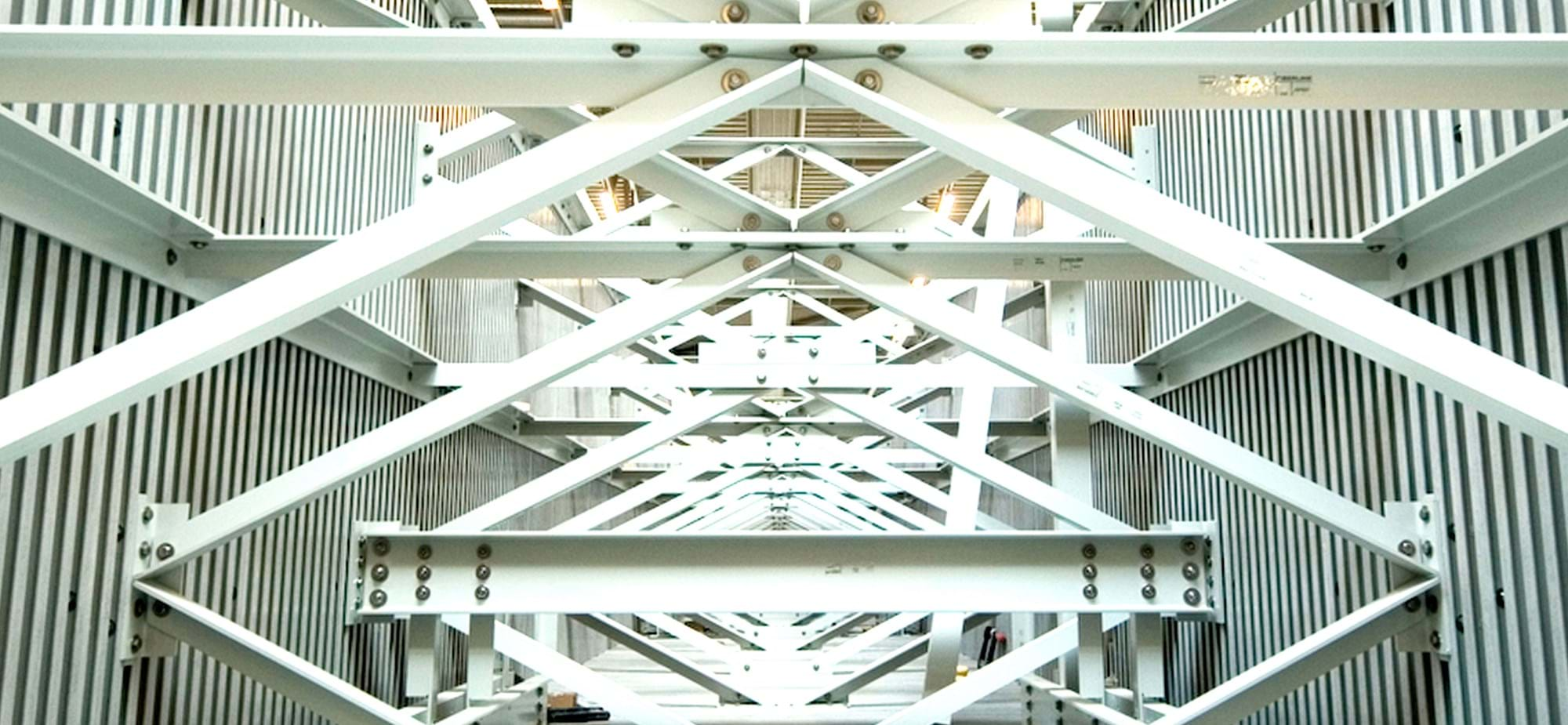

Punching, threading and waterjet cutting can be used when working with fibreglass. However, it depends very much on the type of work involved and the machinery available. Please refer to our recommendations or contact us if you would like further details.
Punching
Pultruded profiles of up to 4 mm thickness, can be punched with an ordinary carbide punch. For thicker sheets (up to 6 mm), a special-type punch should be used which gradually pierces the profiles. Punched holes are 0.05 - 0.1 mm smaller than the punch. The clearance between punch and die should be approximately 50% less than when punching steel.
Threadcutting
Threadcutting cannot be recommended for large loads, although self-threading and self-drilling screws are used to a large extent. If there is a need for threaded attachments in sheets, blind rivet nuts of various types in stainless steel or aluminium can be used.
Water jet cutting
Water jet cutting is used for cutting sheets and solid profiles of up to approximately 20 mm thickness. Using this technique on non-solid profiles can be problematic. The jet becomes diffused on cutting through the initial material and is therefore unable to cut the underlying material with sufficient accuracy. Profiles can also be machined by laser cutting, using a protective gas such as argon.